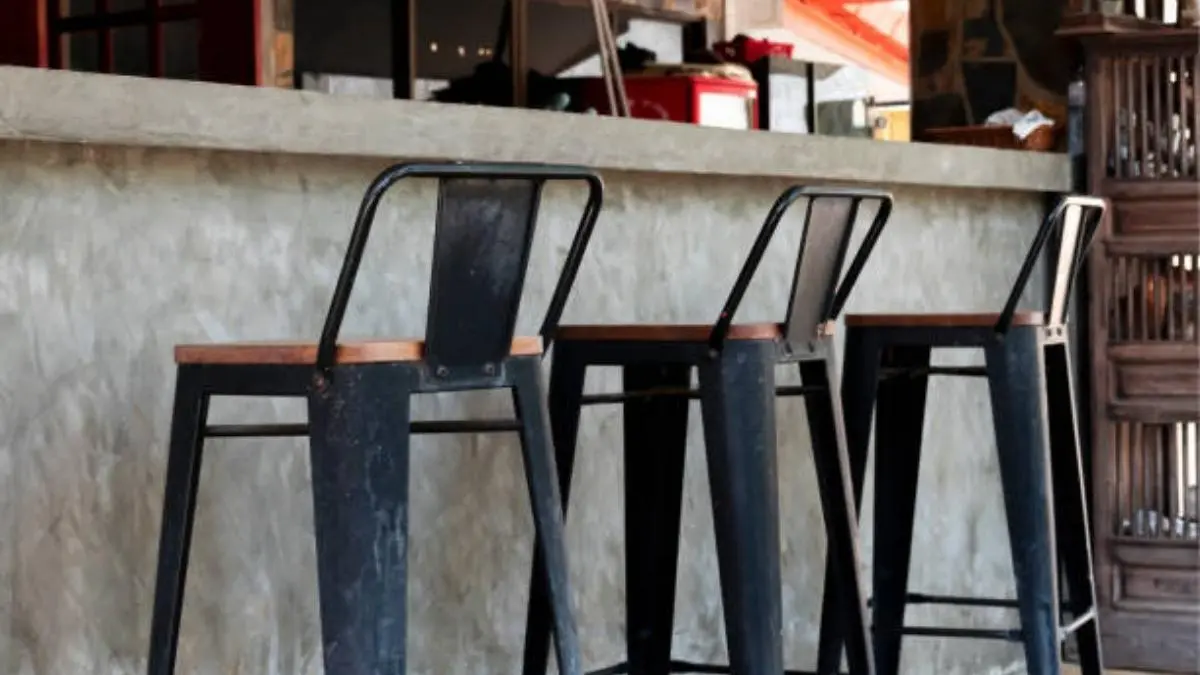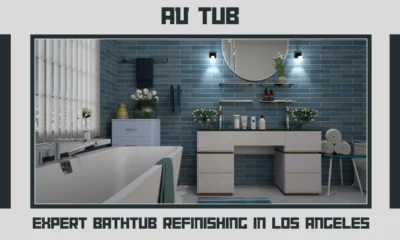GENERAL
THE IMPACT OF RESTAURANT BARSTOOL ON AMBIANCE

Barstools, which were once thought of as straightforward seating options, are now a prominent element of modern restaurant design. Their duties extend beyond simply seating patrons; they also have an impact on the ambiance, usability, and overall dining experience. From simple cafés to luxury dining establishments, barstools have significantly changed the interior design of restaurants by improving everything from comfort and service efficiency to aesthetics.
IMPROVED DINING EXPERIENCE
To create an environment that promotes socialisation and communication, barstools are necessary. In many modern restaurants, the bar area has become an essential part of the dining experience. It is often used as a gathering spot for customers who prefer casual or spontaneous dining. Barstools encourage conversation and an open atmosphere as patrons sit closer to one another, making dining more social.
The height and design of commercial bar stools are important factors in influencing comfort. Since a bar stool should ideally provide the right support for prolonged sitting, it is perfect for restaurants trying to create a relaxed, informal ambiance. For example, barstools are commonly employed in eateries that provide drinks along with small bites or appetisers to give patrons a relaxed yet engaging dining experience.
DESIGNS AND AESTHETICS
The barstools greatly influence the whole appearance and atmosphere of a restaurant. When guests walk into open-plan spaces or venues with a large bar area, they usually notice these pieces of furniture first. Whether it’s a rustic pub, a trendy industrial bar, or a sophisticated lounge, they might define the establishment’s aesthetic. The barstools’ shapes, colours, and materials can either enhance or detract from a restaurant’s overall aesthetic appeal.
For instance, a modern, minimalist restaurant would benefit from sleek, modern aluminium barstools. On the other hand, velvet stools with elegant finishing would look great in a fancy restaurant with a sumptuous atmosphere. Restaurant operators can also create a unique and standardised seating arrangement with movable elements like height-adjustable stools or stools with various fabric choices.
MAXIMISING SPACE
Making the most of a restaurant’s limited area requires barstools. Compared to standard chairs, barstools allow for more sitting in a smaller area. This is particularly important when maximising seats at a high-top table or bar or in spaces with limited space. Barstools’ stackable design and compact dimensions make them a sensible choice for restaurants that need to manage high foot traffic or large gatherings.
Furthermore, height-adjustable barstools offer versatility by accommodating customers of all shapes and sizes and ensuring that the space may be utilised in a variety of ways. This flexibility is crucial when moving from a casual, daytime dining environment to a vibrant, high-energy one.
A GROWTH IN SALES
There are various ways that barstools boost sales. Restaurants with bar seating often see an increase in drink sales because patrons are more inclined to order a beverage or beer while taking in the entertainment or social atmosphere. Being near the barman allows for quicker service, which can enhance the entire experience for customers and encourage them to spend more time—and money—at the bar.
Barstools may also encourage guests to stay longer. Customers who linger at the bar longer and sample more food and beverages may increase the average amount spent per guest. Additionally, bar seating areas usually encourage more animated interactions between patrons and staff, which raises the likelihood of upselling or providing specials and has a direct impact on a restaurant’s profitability.
ENHANCED ASSISTANCE
From an operational standpoint, barstools facilitate easy and efficient movement between tables for restaurant staff, especially in crowded areas. Better communication between servers and kitchen staff can be facilitated by the layout and flow of chairs in a bar or open kitchen concept. Additionally, barstools save bartenders time by eliminating the need to jump between tables to take orders and engage with customers.
Barstools help bars and fast-casual restaurants increase turnover times by allowing patrons to enjoy modest snacks and drinks without the level of service required by traditional table arrangements. This increases table efficiency, which is crucial in busy restaurants with a high volume of customers.
-

 BIOGRAPHY7 months ago
BIOGRAPHY7 months agoBehind the Scenes with Sandra Orlow: An Exclusive Interview
-

 HOME1 year ago
HOME1 year agoDiscovering Insights: A Deep Dive into the //vital-mag.net blog
-

 HOME1 year ago
HOME1 year agoSifangds in Action: Real-Life Applications and Success Stories
-

 BIOGRAPHY1 year ago
BIOGRAPHY1 year agoThe Woman Behind the Comedian: Meet Andrew Santino Wife




























